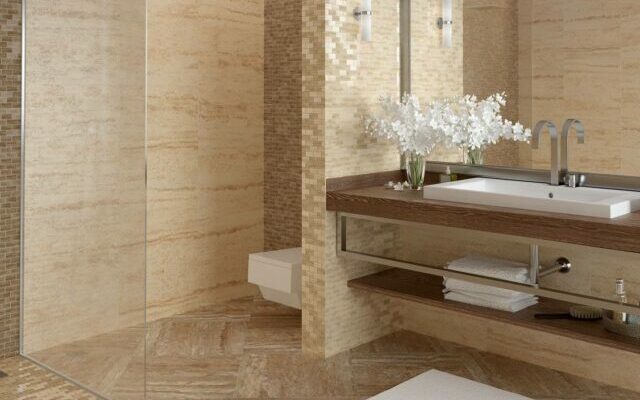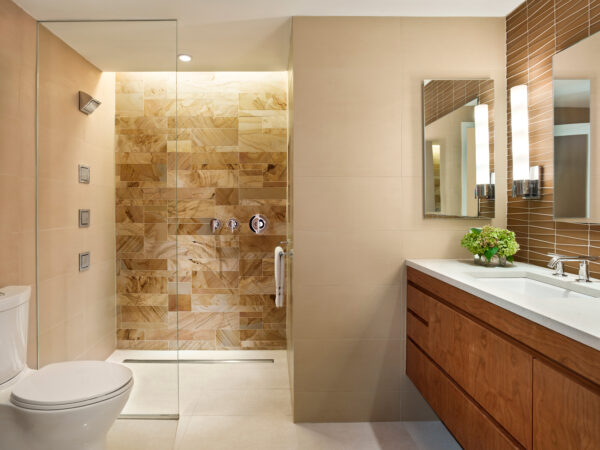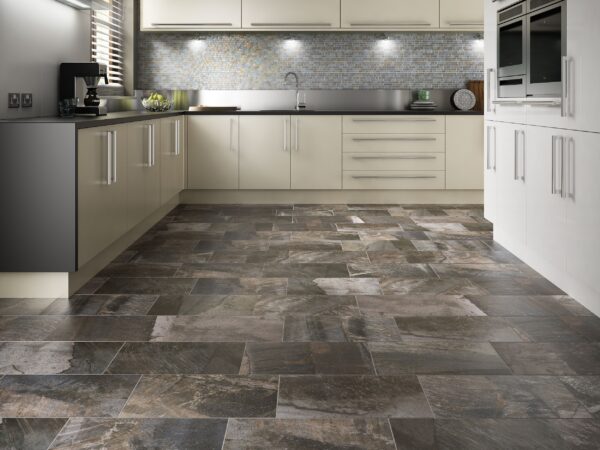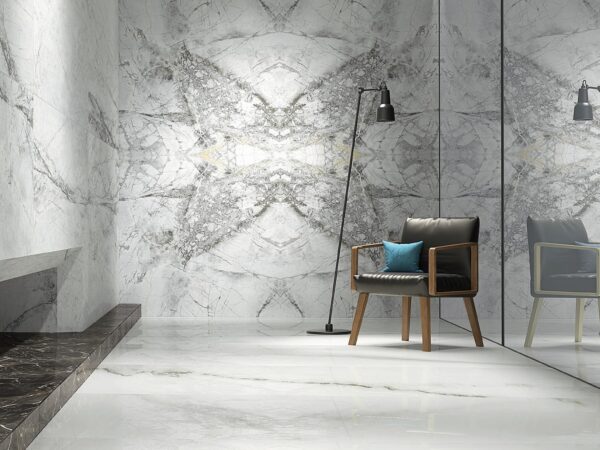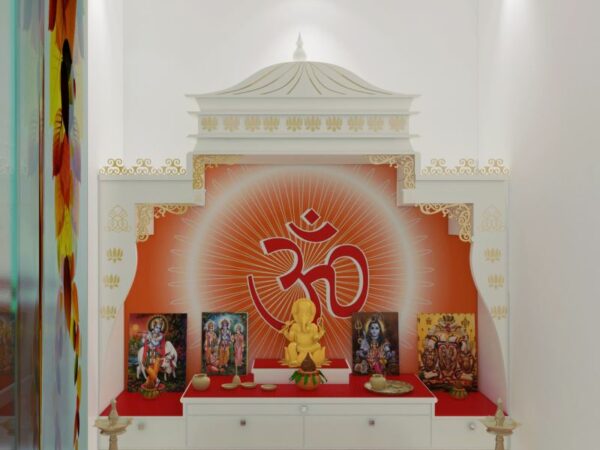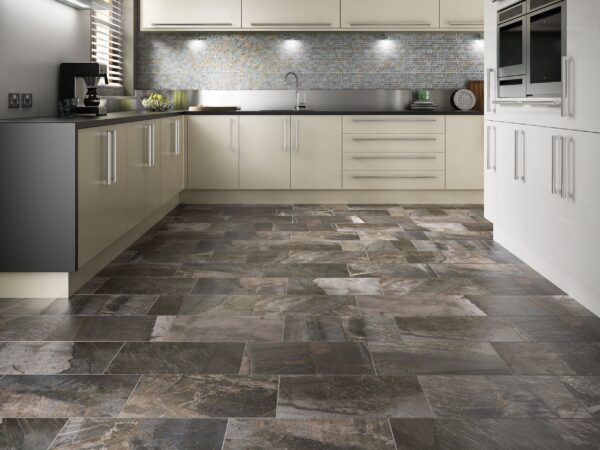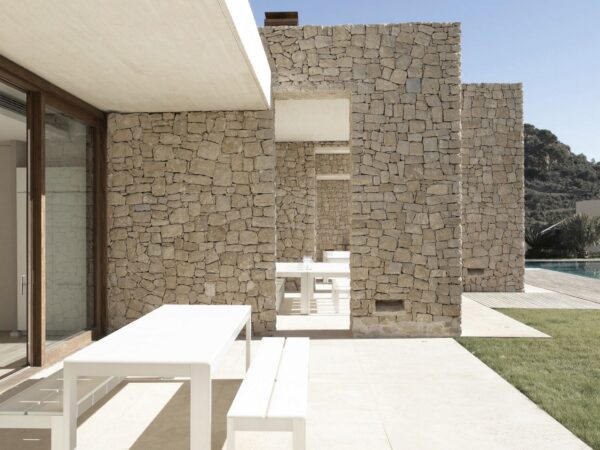1. Granite is radioactive
As is the case with many other types of natural material, granite contains small traces of uranium – however, unlike most other natural substances, some granite bodies are known to have up to 20 times the normal amount of uranium.
Now, before you start cancelling your climbing holiday to Yosemite or calling us up to revoke your granite worktop quote, let us make it clear that the amount of uranium emitted by this substance is less than that of the soil in your garden. As a result, it’s a perfectly safe material to use in your home (you can let out your sigh of relief now!).
2. Blue and red are the rarest granite colours
An assortment of different minerals and rocks, it’s these components that give each slab of granite their unique colouring. The difference of colour in each slab relates to the quantities of certain minerals in each batch – for example, the more quartz there is in the granite’s composition, the milkier it appears as a result.
With this in mind, granite slabs with either a red or blue hue through them are widely considered to be the rarest types of granite by experts – which is reflected in the cost of granite worktops sold on the market.
3. Its name derives from the Latin ‘granum’
The word ‘granite’ comes from the Latin term, ‘granum’ – meaning ‘grain’ – and is thought to be in reference to the coarse, grainy structure of this rock type.
In modern times, the term ‘granite’ has been used to refer to a larger range of coarsely grained rocks that contain quartz and feldspar – however, strictly speaking, a rock can only truly be defined as granite if it contains between a 20% and 60% volume of quartz.
4. Granite forms the world’s tallest cliffs
Granite is known to have formed some of the world’s tallest cliffs – including the Great Trango Tower in Pakistan, first climbed by Andy Selters and Scott Woolums in 1984.
Not only does it create long, technical alpine climbs for adventurers around the world, but, at 8,586 meters high, it also forms the world’s third-highest mountain – Kanchenjunga – behind Everest at 8,848 metres and K2 at 8,611.
5. It’s one of the hardest substances on the planet
Granite worktops are renowned for their durability, but what you may not already know is that granite is actually one of the hardest substances on the planet. The stone usually scores around 7 on the Mohs scale (which ranks the hardness of minerals based on their ability to withstand scratching).
This means that the igneous stone is one of the hardest natural stones available on the market, making it a perfectly practical option for worktop surfaces that experience frequent usage – especially given that the natural process of cutting granite worktops doesn’t compromise the quartz and feldspar (and their subsequent functional benefits) contained within the stone.
There you have it – 5 facts you didn’t know about the substance homeowners have lovingly introduced to their kitchens for generations.
If you’re feeling inspired by your newfound knowledge of this versatile and durable rock, get in touch with one of our friendly and helpful team members here – or, if you’ve already made up your mind on what you want, fill out our custom quote form and we’ll get back to you as soon as we can.


